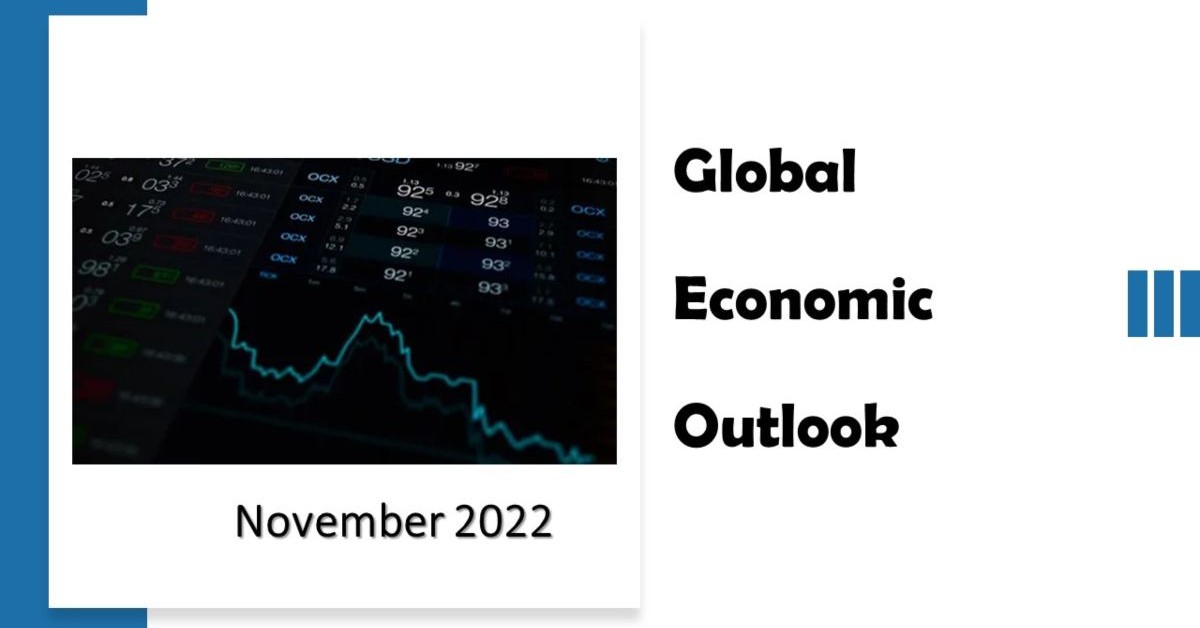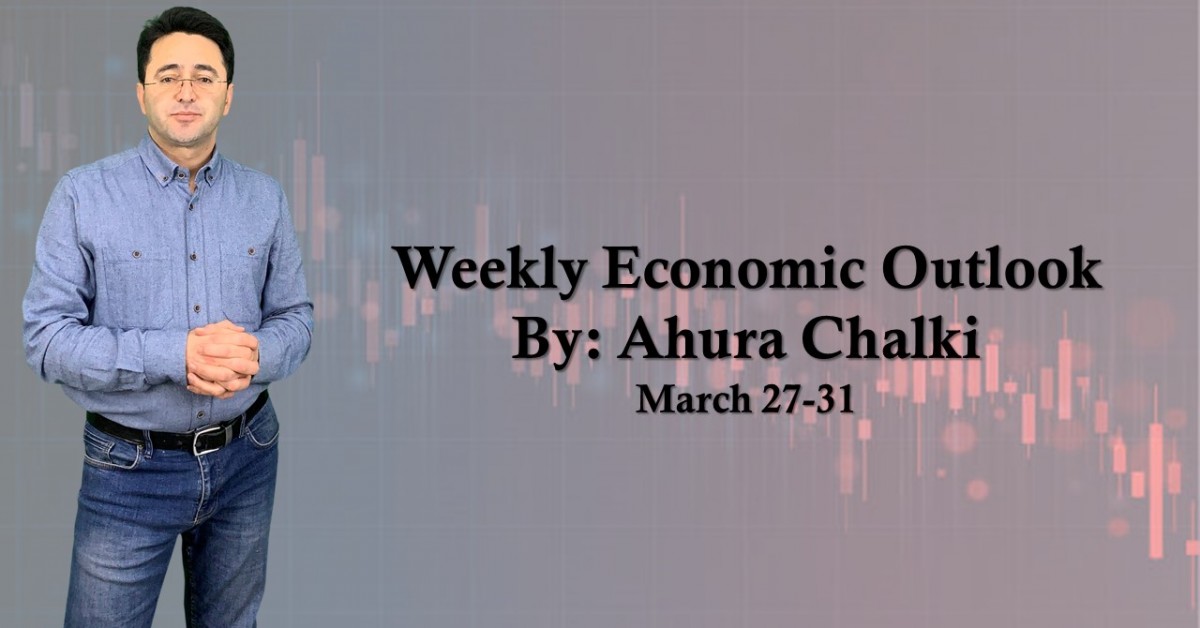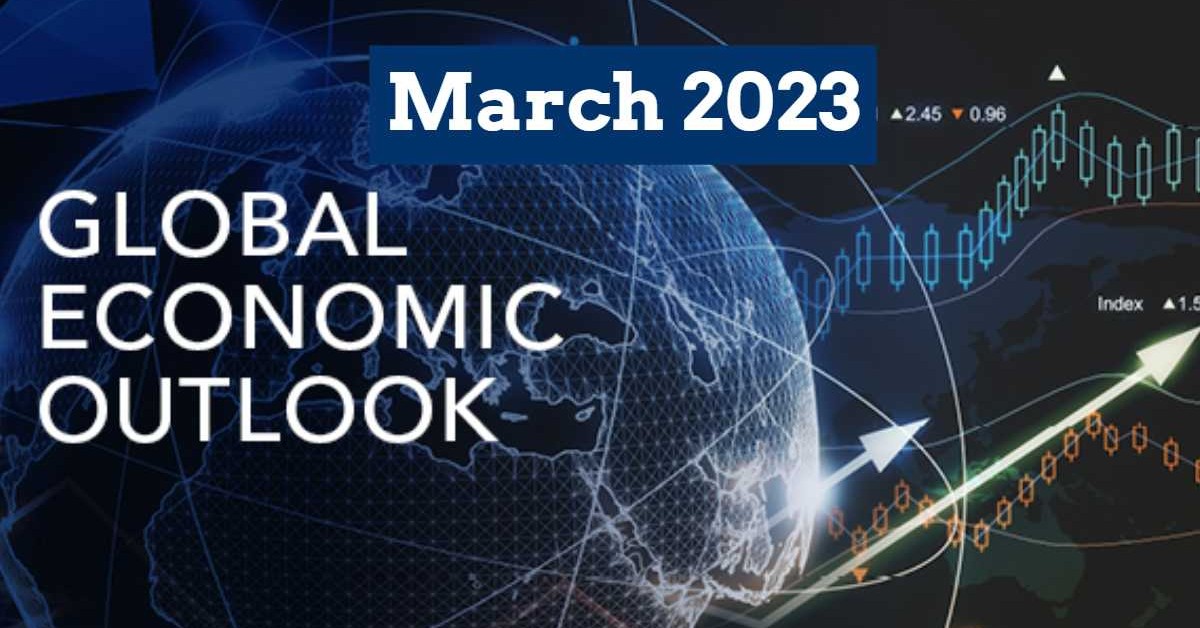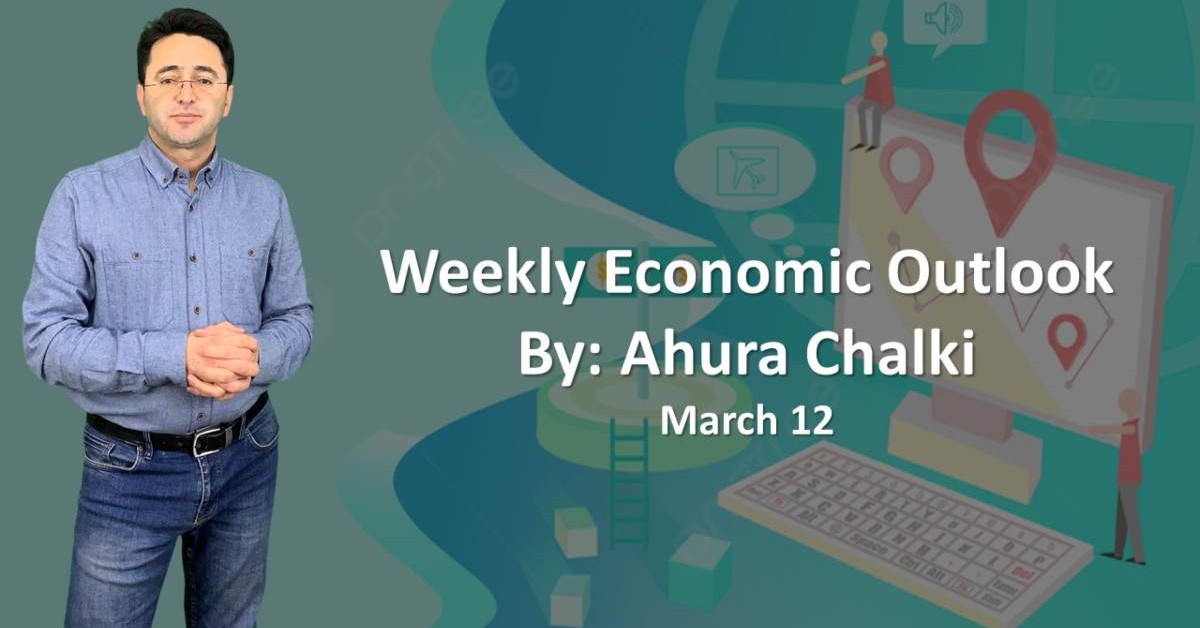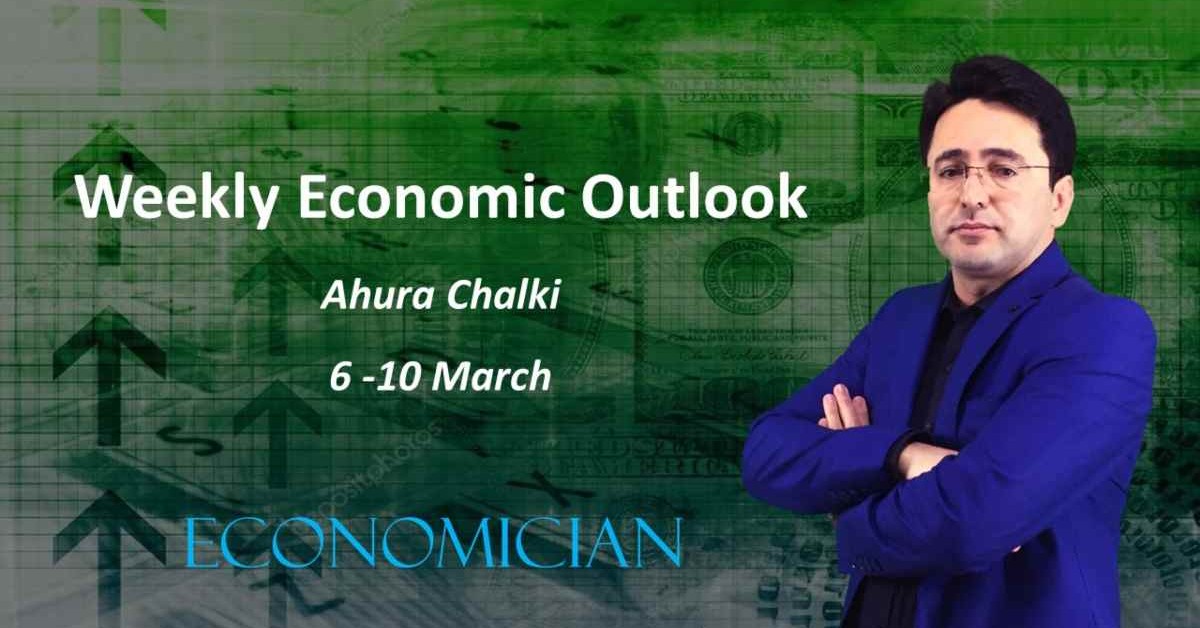Positive sentiments in the stock markets, eyes on inflation and labor markets.
Geopolitical tensions and inflation fears across the globe will likely keep the high volatility over the remainder of 2022. Even if they were a bit softer and more cautious in recent meetings, central banks continue to set measures to control inflation, which can increase the risk of recession. In this article, we are going to review the symbols one by one and see what we must expect from them for the rest of November.
US Dollar.
The US had very historical days in the first week of November, while the second week going to be even more sensitive. Fed meeting and non-farm payroll numbers in the first week and mid-term congressional elections in the second week will be pivotal for the dollar’s near-term trajectory.
In its latest policy decision on Wednesday, November 2nd, Fed increased the rates by another 75bp. Chair Powell in the press conference and his assessment of US economic conditions, showed the first signs of a substantial rate hike slowdown in the December and January meeting. Later on November 4, US nonfarm payrolls shows mixed results. According to a household survey released by the Labor Bureau employment fell by 32,800, and Nonfarm payrolls by 261,000 newly created jobs, printed the smallest gain since December 2020. This led to a rise in the unemployment rate, from 3.5% to 3.7%.
On the other hand, polls suggest that the Democrats will lose the House of Representatives to the Republicans. Republicans' regaining power means fewer economic supporting measures by Fed and government. Therefore, it will likely cause the Fed to delay any guidance over its plans to slow its hiking cycle, despite the rise in recession risk.
Despite the recent lows and while the US Dollar index lost all its gains in the past two weeks, the mid-term outlook for the USD demand is positive. In the rest f the months and other than the mentioned events, CPI and Core CPI (10th), PPI (15th), Retail sales & Industrial productions (16th), Building permits (17th), Home Sales (18th), Durable Goods orders (18th), and New Home Sales on 23th, are the most important events to watch.
Euro
After many fluctuations, in October Euro did not change much against the USD. Lower energy prices and optimism for short-term energy outlook along with a softer US dollar helped the Euro maintain its strength in October and increase against its crosses at the beginning of November. However, in a bit longer term, as we are expecting stagflation in Q4 2022, a material improvement in the eurozone’s near-term and mid-term economy does not seem very logical.
On the other hand, progression in coordinated fiscal policy in a targeted manner among EU members and the rational support of the European Central Bank can mitigate the depth of a recession and reduce concerns over debt sustainability, and that can support the Euro as well. Though there are a bunch of reports about the fullness of Eurozone energy inventories for this winter, still energy shortage is the largest threat to their economy. Anyway, for now, we can see that ECB has no choice but to deal with inflation by raising interest rates. And ECB's more aggressive policies and interest rate hikes will further weigh on the euro, and it can reduce demand and deepen the region’s recession.
EZ retail sales (8th), European Central Bank Non-monetary Policy Meeting (9th), ECB Economic Bulletin (10th), EZ Economic Forecasts (11th), EU Industrial production (14th), EZ GDP (15th), EZ CPI (17th), German PPI (21th), Germany and EZ Manufacturing PMI (23th), German IFO business climate (24th), and German GDP on 25 November, are the most important events that can affect the Euro in the rest of month.
Sterling
For the pound Sterling, October was a volatile month, and mostly with pressure, while the GBP/USD pair was heading as low as US$1.09 on October 11. In the UK, the divergence of monetary and fiscal policy following Liz Truss' mini-budget triggered excessive volatility in UK bond markets. Finally, the Bank of England interjected to protect ailing pension funds. Later, former Chancellor Rishi Sunak was elected as the newest Prime Minister by Conservative Party. These changes were finally welcomed by investors and market participants, and despite the weaker economic data from the UK, this positive sentiment along with the weaker dollar, helped the Sterling to regain some of its losses in the first week of November.
Inflation at 10.1% was even hotter than expected in October and now sits at 40-year highs. Core inflation – which excludes prices for energy, food, alcohol, and tobacco – also rose to a record high of 6.5%, much more than the 6.4% of estimates. These numbers pushed the BoE to raise the rates by another 75-basis point to 3.00%.
The appointments of Jeremy Hunt as Chancellor and former-Chancellor Rishi Sunak as Prime Minister can help the fiscal policy to realign with monetary policy. That will help the investors to have a more trusted environment to plan and reduce the level of risk premium on UK assets, which supports the sterling to increase against its crosses. On the other hand, economic data and inflation pressures cannot help the sterling to hold its short-term gains, and after a short recovery, we still look for depreciation from current levels.
Gold
In the first three weeks of October, gold was moving a clear and sharp downtrend, as investors were counting on more hawkish policies in November Fed meeting, and US bond yields also had raised to new multi-year highs. After all, the Federal Reserve has been very hawkish in 2022 so far, and it seemed reasonable that the bond market would react so strongly. When you can receive a higher interest rate to hold paper, you do not need to buy gold and pay such expensive storage amounts for metal. Therefore, in line with the increasing US dollar value, yellow metal tested below the $1680 level for the first time since 2020. At the beginning of November, and when we had Fed monetary policy meeting and fed chair Powell's press conference after the announcement on November second, investors came to believe that Fed will be less hawkish in its December and January meetings. Lately, economic data from the US also confirm the beginning of a slower pace of economic growth. Therefore, it would be logical to see more cautious policies, which can end with not a weak, but weaker US dollar, and increase the gold price somehow, especially with lower treasury bond yields.
While Fed raised the rates by 75 basis points and was less hawkish than expected, however, it can be ignored by investors in the following weeks, especially if they see less progress in reducing inflation. With the current conditions, gold still does not have enough encouragement to grow. US inflation and labor market data will be very important during the rest of November for gold price movements.
WTI
WTI's price raised about 8% in October and started November with a 2Mbpd supply cut, based on a decision that had been made in the last OPEC+ meeting. OPEC in its annual outlook, that has been published last days of October, increased its projections for long-term demand and mentioned that due to insufficient investment in the industry, supply can be even tighter for longer.
On the other hand, the United States continued its Strategic Petroleum Reserves (SPR) release program. The plan which started earlier this year in May brought the US stocks to their lowest levels since 1983.
On the geopolitical front, tensions in Ukraine still have no sign of ending. Also, the ongoing revolution in Iran and their support from Russia by drone supplying, shattering hopes that the Iranian nuclear deal could have any results, and end with Iranian barrels returning to the market anytime soon.
On the other hand, the latest spread of the coronavirus in China and the emphasis of the official authorities on zero covid policy while the threat of a global economic recession has become more serious than ever, can slow down the demand and affect prices. Therefore, while signs say that the worldwide oil market is becoming tighter, which might sustain a bullish wave in oil prices going forward, we should not forget to follow economic data and make sure about demand progress. For now, we do not still have enough signs for either bulls or bears in the WTI chart.
Wall Street
While leading indexes on Wall Street preparing for their worst year since the depths of the Great Recession, S&P 500 rose about 8% in October and Dow Jones Industrial Average (DJIA) about 14%.
The latest progress in the stock markets got a bit stronger after FOMC signs of less hawkish measures in the next meetings. Some major central banks already started the cycle of reducing their contractionary policies. This overall less hawkish policies outlook can help the stock markets' bulls if we do not see any aggressive inflation numbers.
November historically was one of the strongest months of the year for stock markets. The S&P 500 has finished the month higher in more than 60% of the 94 Novembers since 1929, posting average gains of 0.8%, according to Yardeni Research.
November 10 inflation numbers, and then December Non-farm employment report will tell us what we have to expect from December 13-14 Fed meeting. Also, we should not forget about Fed’s preferred measure—the personal consumption expenditures (PCE) price index— on December 1. For now, the overall sentiment is positive, and we can expect more growth for the rest of November.
